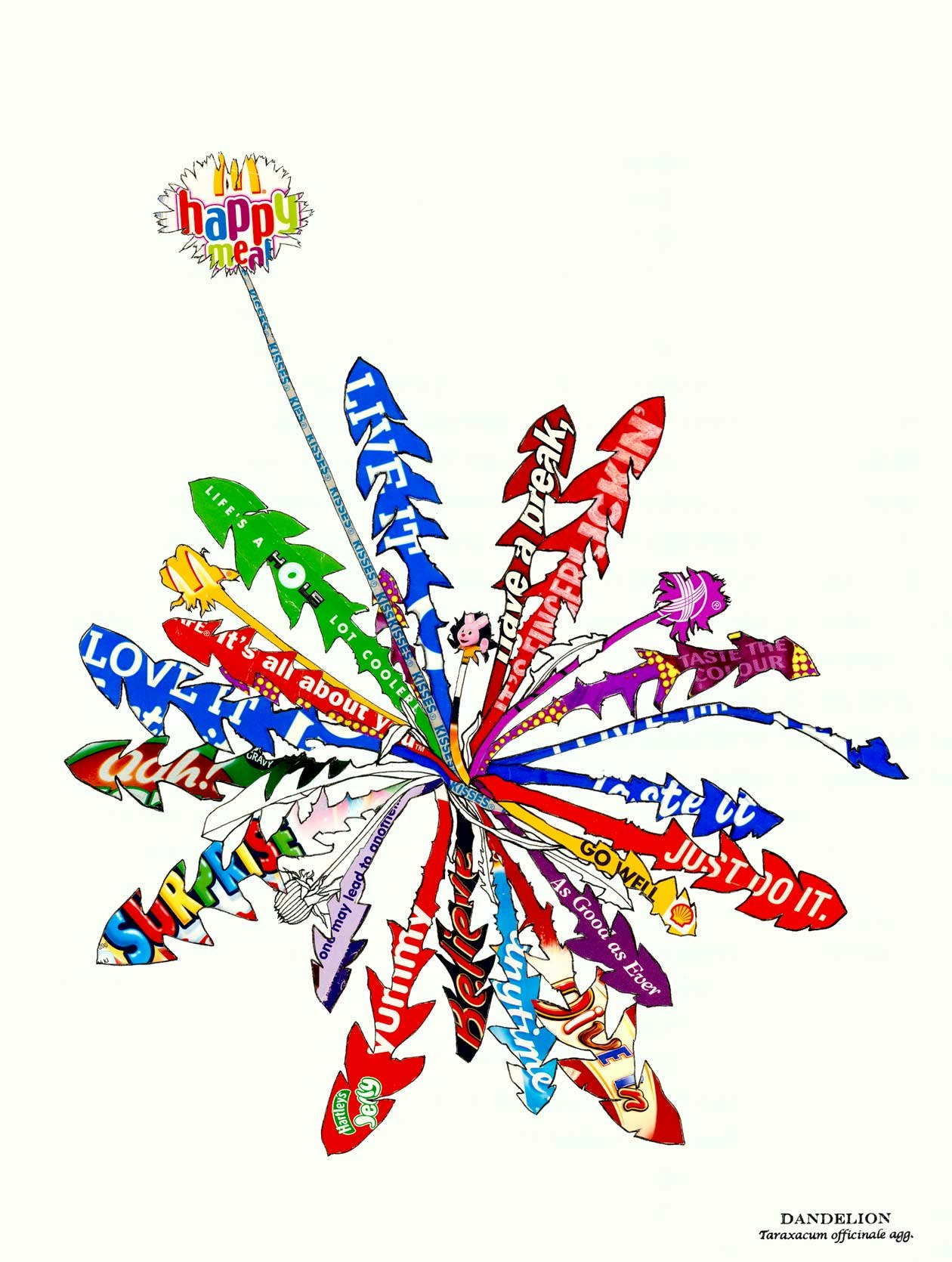Statement

During my childhood, I lived on a boat moored on the River Thames, next to a London park. This formative experience began my enduring fascination with the natural world. Throughout my career as an Artist, I have focused on the re-enchantment of the environment. A recent paper sculpture, The Little Clod of Earth (after Dürer), 2022 (made with a Mondrian Fonds Grant) for the Museum Rijswijk in the Netherlands was installed in the 2022 Paper Biennale. Additional new works were installed in antique taxidermy cases from the Museum Schiedam. The paper sculptures explored both consumerism and lost knowledge.
My most expansive work is the ‘Nine Wild Plants Project’, begun in 2004, which is an investigation of 'seeing' wild plants in an era of climate change, and extractivist/consumerist economies. A new set of drawings with branded paper packaging collage is featured in the curated exhibition Flowers Forever in the München Kunsthalle der HypoKulturstiftung (with catalogue).The exhibition tours to Hamburg and Rome.
From 2022-23 I was invited to take part in a residency at the Centre for Fine Print Research, at the University of the West of England, Bristol. During the residency at the CFPR, I developed works using digital laser cutting and printing technologies. Laborious hand cutting was reinterpreted to create an editioned, fold out collection of British Butterflies, presented in entomology cases. Reprising my fascination with conventions of Natural History collecting, the interrelated images created a requiem for 13 of the species of British butterfly that are either extinct, or on the critically endangered Red List.
Gallery owner Emma Hill, who regularly shows my work, describes it in the following way:
"I have known Tracey Bush for over 15 years and have exhibited her work regularly at the Eagle Gallery since 2005 in exhibitions that have explored subjects including the natural world, neglected women artists, drawing and book art. The breadth and coherence of her practice together with its depth have always impressed me, as does her commitment to education. Bush’s work is initiated through periods of thorough research and thought which distinguishes it in my view from the work of a number of her contemporaries whose practice share similar stylistic approaches".
"She has consistently articulated concern about man’s increasingly fragile relationship with nature – eloquently expressed in the Nine Wild Plants project (2006 onwards) which combines research into the lack of contemporary knowledge about Britain’s indigenous botanical species (as against advertising logos), in a series of collaged drawings that combine accurate botanical specimens with burnishing practices learnt from book binding. Dusk (2017), an artist’s book about the large British Moths, combines duotone risograph printing with a cut-out binding structure that echos Victorian memorial wreaths – exemplifies a practice that integrates on all levels the subject matter of the work with the processes by which it is made".
"Her use of ‘craft’ techniques (cutting, stitching, embossing etc.) reflects her respect for the often anonymous or self-taught artists that came before her who ‘collected’ nature through the making of botanicals, herbariums and entomology boxes".
"The cross discipline nature of a practice that combines drawing, collage and book-making with deep thought about subject matter, process and materiality is the reason her work has been acquired by major public institutions and included in contexts such as Yale Center for British Arts’s seminal exhibition Of Green Leaf Bird and Flower (2014)."